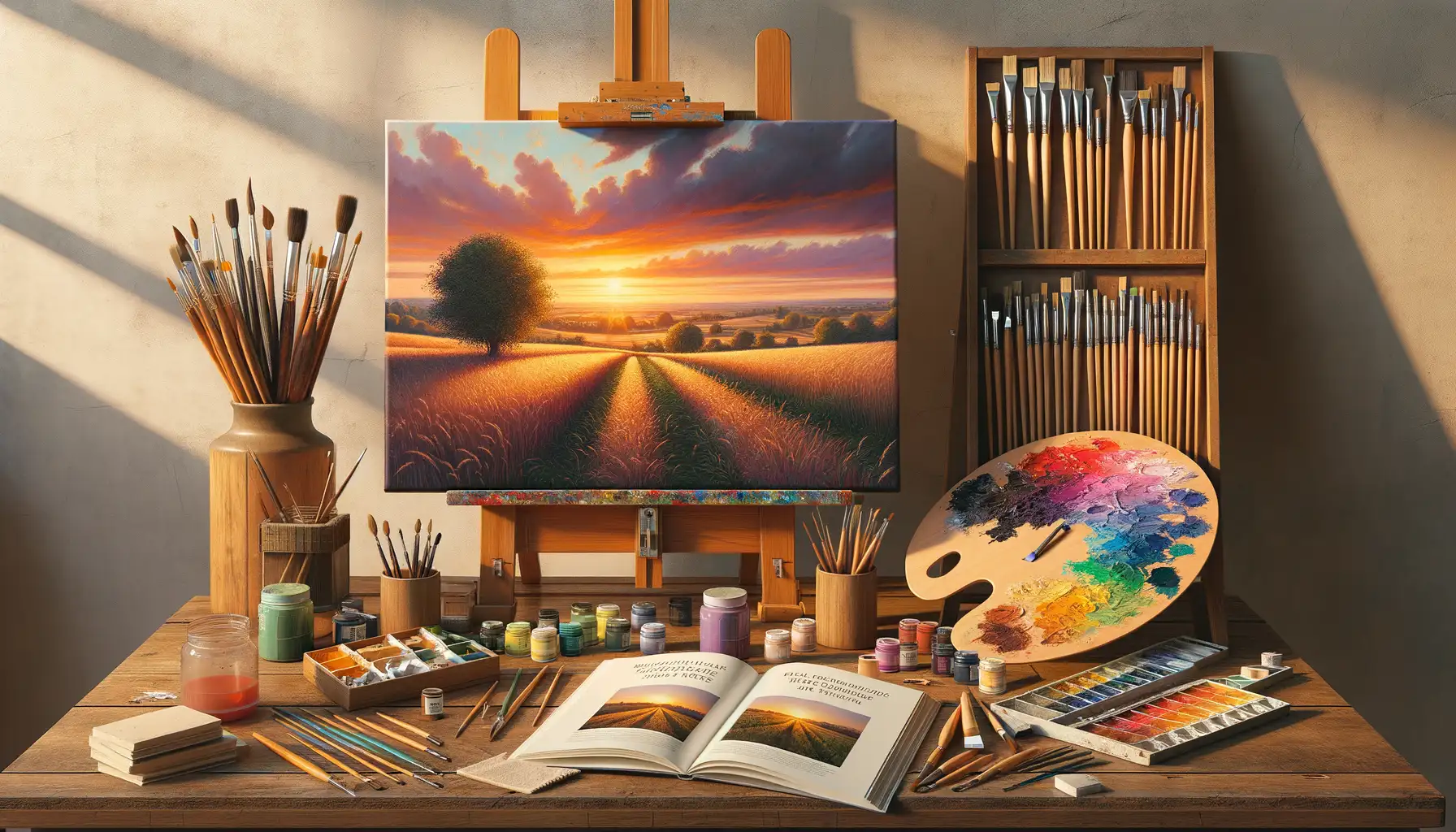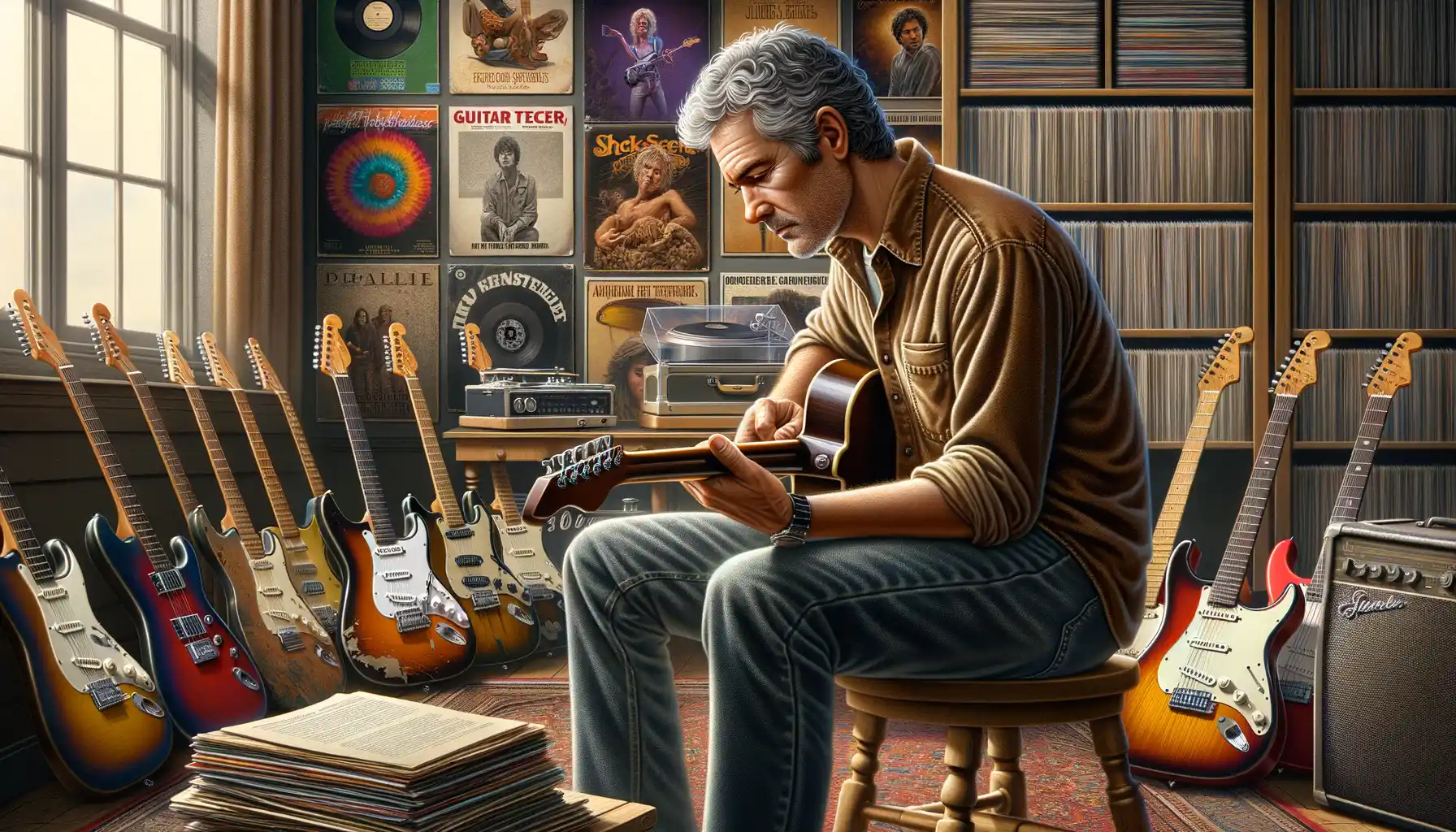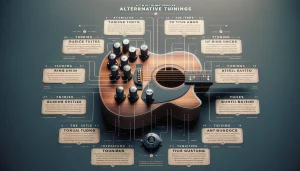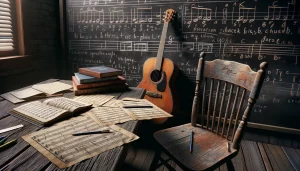Understanding the Importance of a Unique Guitar Style
Why Your Guitar Style Is Like a Musical Fingerprint
Imagine for a moment that every time you pick up your guitar, you’re leaving behind a unique mark, your very own signature sound. That’s what a personal guitar style is—your musical fingerprint. No one else in the world can replicate it. Sure, they might try, but the magic lies in *you*.
Take someone like Jimi Hendrix. When he played, his guitar wasn’t just a set of strings; it was a storyteller, weaving emotions straight into every note. Or think about John Mayer, whose smooth, soulful tones are instantly recognizable. Their styles didn’t just happen overnight—they were built, brick by brick, through experimentation, practice, and embracing their quirks.
The Power of Individuality in Music
Still wondering why uniqueness matters? Here’s a quick breakdown:
- Creativity blossoms: Playing in your own style makes your sound unpredictable and fresh.
- Connection deepens: Listeners resonate with authenticity. Your style becomes a window to your soul.
- You stand out: In a world of copycats, individuality is how you’ll shine. It’s your secret weapon.
So, let this sink in: your distinct style isn’t just part of your playing; it’s what turns your music into pure magic.
Analyzing and Adapting Influences

Breaking Down Your Guitar Heroes
Picture this: you’re listening to your favorite guitarist, and their playing sends chills down your spine. What is it that grabs you so deeply? Is it their fiery solos, their buttery-smooth phrasing, or maybe those quirky little bends they sneak in? The magic lies in the details, and learning to analyze these subtleties is key to unlocking your own style.
Start by diving into the work of guitarists who resonate most with you. Don’t just listen—dissect. Try this:
- Pay close attention to their phrasing and note choices. Are they sparse and emotional like David Gilmour, or do they unleash rapid-fire licks like Steve Vai?
- Notice their rhythm—do they lean into a groove or play loose and unpredictable?
- Take note of their tone and effects. Does it sound raw, ethereal, crunchy?
Sometimes, it helps to mimic before you innovate. Play along with your idols like a curious detective. But don’t stop there. Maybe you love Hendrix’s wah-soaked vibe, but how would it sound if you added punchy staccato picking or swapped the wah for a delay?
Adding Your Own Flavor
Here’s the golden rule: don’t be a carbon copy. Let’s say you adore John Mayer’s smooth fluidity—how can you make it yours? Think of your influences as raw ingredients. You wouldn’t bake a cake with just flour, right? Blend them, twist them, season them with your quirks.
For example, try playing Clapton-style licks with a heavier attack or weaving Santana’s sustain into funk rhythms. Experiment fearlessly; every “mistake” is actually your personality peeking through.
Techniques to Discover Your Own Sound

Experimenting Beyond the Norm
Crafting your own guitar style isn’t about following a map—it’s an adventure into the uncharted. Start by stepping outside your comfort zone. Take that riff you’ve played a thousand times and twist it. Slow it down until it feels like it’s sinking into honey, or speed it up so the notes blur into one wild streak of sound.
Another brilliant way to experiment? Play with tone. Switch to an unexpected pickup setting, crank up that reverb until your chords swirl like ocean waves, or let a fuzz pedal snarl through your amp. These tweaks seem small, but they’ll nudge your sound into territories you didn’t even realize existed.
- Try alternate tunings—drop D, open C, or something entirely random. A new tuning can feel like speaking a new language.
- Mute the strings with your palm, and then release—percussive playing can bring rhythm to life.
- Don’t overlook silence. Let pauses breathe between notes. Music doesn’t have to fill every gap.
Let Your Hands Do the Talking
Your unique sound is hiding in how *you* approach the fretboard. Pay attention to the quirks that naturally come out as you play—do you bend your notes until they *weep*? Do you prefer delicate fingerpicking over a pick’s sharp attack? Maybe your strumming hand has an effortless swing, giving everything a subtle groove.
Lean into these tiny details. The way your fingers dance on the neck matters more than mimicking anyone else. After all, no one’s hands are quite like yours.
Practical Exercises for Building Your Style

Dial in Your Identity Through Play
Your guitar style is like your fingerprint—it’s yours alone. The quickest way to carve out that identity is through intentional practice that feels more like play than work. Start by exploring your emotional connection to the sounds you create. What riff makes you grin so hard your cheeks hurt? What melody stirs something deep in your gut? Chase those feelings—those are clues to *your* sound.
Here’s a challenge: Grab your guitar and set a timer for 15 minutes. In that time, build a short improvisation using just three notes. That’s it. Three. This exercise forces you to stretch your creativity and milk every ounce of expression from each bend, slide, or vibrato. You’ll be amazed how much character can emerge when you keep it simple yet intentional.
Make It Yours: Borrow, Break, Bend
Ready to shake things up? Take a simple chord progression or riff from your favorite guitarist and mess with it—boldly. Here’s how:
- Change the rhythm entirely—try turning a slow blues lick into an energetic punk riff.
- Add open-string drones or unusual note choices to make it quirky.
- Layer in unexpected techniques like tapping, harmonics, or palm muting.
The goal isn’t replication—it’s reinvention. Twist it until it barely resembles the original. That’s when it becomes *yours*.
Staying Consistent and Embracing Growth as a Guitarist

Turn Practice Into Your Daily Ritual
Consistency is your greatest ally on the journey to mastering guitar. Think of it as planting a garden: without regular tending, the blooms won’t thrive. Carve out a sacred time each day to connect with your instrument—whether it’s 15 minutes or an hour doesn’t matter as much as showing up.
What does this look like in practice? One day, you may dive into an intricate blues riff, while the next might be about gently experimenting with open tuning. The key is to keep the process alive and varied. Here’s something that works wonders:
- Dedicate a few minutes to revisiting core techniques—scales, finger exercises, or chord transitions.
- Spend time improvising, letting your creativity spill out without rules.
- Record yourself often. Trust me, hearing where you were a month ago will blow your mind!
Growth Is Slippery, So Celebrate the Small Wins
Progress doesn’t always announce itself with fireworks. Growth as a guitarist feels more like waking up one morning and realizing that your fingers finally glide effortlessly through that tricky solo. Relish these moments—they are proof that your effort is blooming into artistry.
And let go of the myth of perfection. Every “mistake” you make is raw material for discovering your style. Didn’t nail the phrasing in that solo? Maybe that sharp note you hit could become your signature quirk. As my old teacher once said, “It’s not just about mastering the notes; it’s about learning how to dance with them.” Keep dancing.






